Introduction
In the realm of culinary arts, mastering the technique of whipping egg whites is a fundamental skill that can elevate dishes from mundane to extraordinary. While chicken egg whites are commonly used for this purpose, duck egg whites offer a unique flavor profile and textural advantages that make them a delightful alternative for both sweet and savory creations. Duck eggs tend to have a richer, creamier taste and a higher fat content compared to chicken eggs, which can result in a more luxurious mouthfeel when properly whipped. This guide delves into the intricacies of how to whip duck egg whites to perfection, exploring the science behind the process, essential tips, and practical applications in various recipes.
Understanding Duck Egg Whites
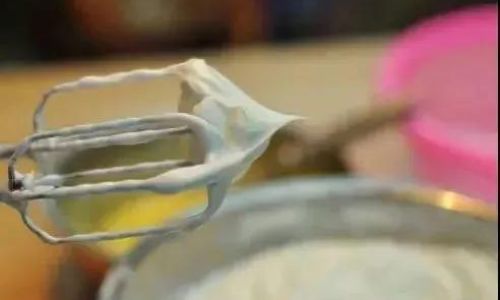
Before diving into the whipping process, it’s crucial to understand the composition of duck egg whites. Unlike yolks, which are rich in fats and cholesterol, egg whites are predominantly composed of water (about 88%), protein (11%), and trace amounts of minerals and vitamins. The proteins in egg whites are primarily albumin and globulin, which, when beaten, undergo a transformation from a liquid state to a foam. This transformation is driven by the denaturation of proteins through the application of mechanical force (whipping) and, optionally, heat or chemical agents like acid or sugar.
Duck egg whites, due to their slightly higher fat content, can be more challenging to whip compared to chicken egg whites. However, this extra fat also contributes to a richer, silkier texture in the final product. The key to successfully whipping duck egg whites lies in meticulous preparation, the right tools, and patience.
Preparation and Tools
-
Freshness Matters: Start with fresh duck eggs. Older eggs have a thinner white that is less likely to hold air bubbles, making it harder to achieve a stable foam. Fresh duck eggs should have a slightly thick, viscous white that holds its shape well when cracked open.
-
Separation Technique: Separating the whites from the yolks is crucial. Even a trace of yolk can prevent the whites from whipping properly due to the fats in the yolk disrupting the protein structure. Use a clean bowl and a separator or the shell method to ensure no yolk contamination.
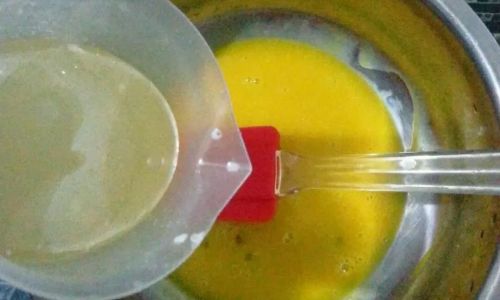
-
Equipment: A stand mixer with a whisk attachment is ideal for whipping duck egg whites, as it provides consistent and thorough mixing. However, a hand whisk or electric hand mixer can also be used with good results. Ensure that all equipment is clean and free of any grease or residue, which can interfere with the whipping process.
-
Chilling: Chilling the egg whites for at least 30 minutes before whipping helps to stabilize the foam by slowing down the denaturation process and making the proteins less prone to over-whipping.
The Whipping Process
-
Initial Whipping: Begin whipping the chilled duck egg whites on low speed to avoid incorporating too much air too quickly, which can lead to a weak structure. Gradually increase the speed to medium-high as the whites start to thicken.
-
Adding Acid or Sugar (Optional): For added stability and flavor, you can incorporate a small amount of acid (like lemon juice or cream of tartar) or sugar during the whipping process. Acid helps to denature the proteins more evenly, while sugar acts as a humectant, drawing moisture into the foam and creating a smoother texture. If using sugar, add it in a fine, gradual stream to avoid clumping.
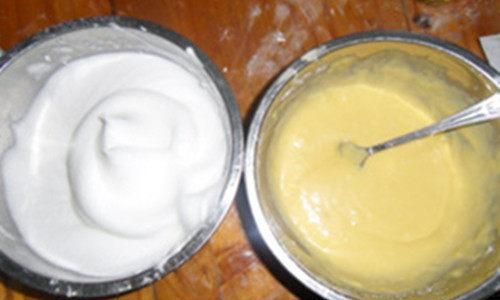
-
Peak Formation: Continue whipping until the egg whites reach the desired stage of firmness. There are three main stages of whipped egg whites: soft peaks, medium peaks, and stiff peaks. Soft peaks are when the whites form gentle mounds that curl over when the whisk is lifted. Medium peaks hold their shape but have a slight curl at the tips. Stiff peaks are fully upright and do not curl, indicating a highly stable foam structure.
-
Avoiding Over-Whipping: Over-whipping can cause the egg whites to become dry, granular, and分离 (separate), losing their ability to hold air and form a smooth texture. Pay close attention to the texture and appearance, stopping just before the whites reach the point of no return.
Practical Applications
-
Pavlova: This classic New Zealand dessert features a crisp meringue base topped with whipped cream and fresh fruit. Using duck egg whites results in a meringue that is both crisp on the outside and chewy on the inside, thanks to the higher fat content.
-
Macarons: These delicate French almond cookies require a perfectly whipped egg white foam to achieve their signature airy, chewy texture and smooth, glossy exterior. Duck egg whites can yield macarons with a richer flavor and a slightly softer interior.
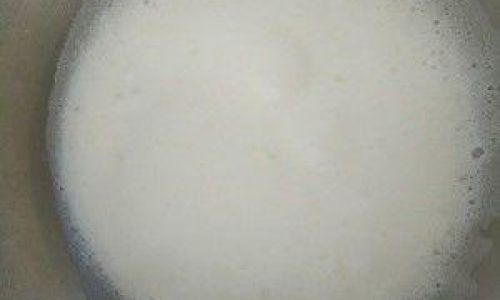
-
Soufflés: Whether savory or sweet, soufflés rely on whipped egg whites for their light, airy texture. Duck egg whites can add a luxurious creaminess to both classic dishes like cheese soufflé and dessert versions like chocolate soufflé.
-
Mousse and Foam Dishes: Duck egg whites are ideal for creating light, fluffy mousses and foam dishes. Their rich flavor and ability to hold air make them perfect for modernist cuisine techniques like aerated desserts and savory foam garnishes.
Troubleshooting and Tips
- Grease Contamination: Ensure all bowls, utensils, and surfaces are free of grease. Even a minute amount can sabotage the whipping process.
- Temperature Control: Keep the egg whites and your working environment cool to prevent premature denaturation of proteins.
- Consistency: Use a consistent whipping speed and avoid pauses to maintain an even texture.
- Storage: If you need to store whipped egg whites, do so in an airtight container in the refrigerator for no longer than a few hours. Over time, the foam will lose its stability.
Conclusion
Whipping duck egg whites is an art that, once mastered, can unlock a world of culinary possibilities. From elegant desserts to innovative savory dishes, the rich, creamy texture and unique flavor of duck eggs can elevate your creations to new heights. By following the guidelines outlined in this guide, paying attention to detail, and practicing patience, you’ll soon be able to whip duck egg whites with confidence, creating dishes that are as visually stunning as they are delicious. Happy whipping!

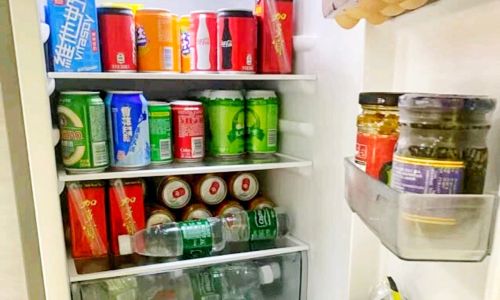
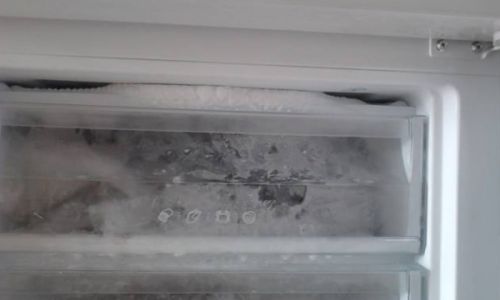
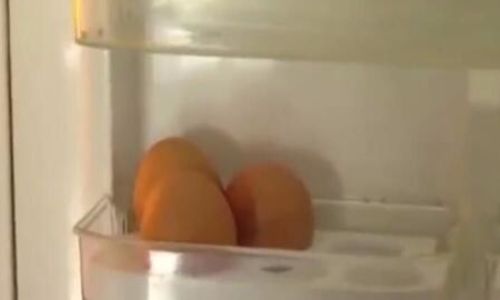
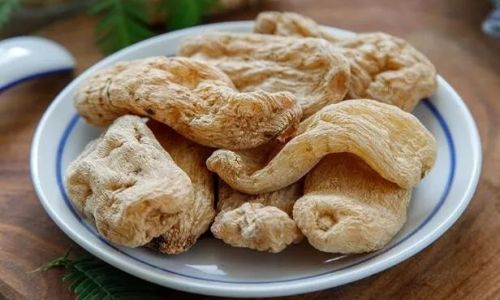
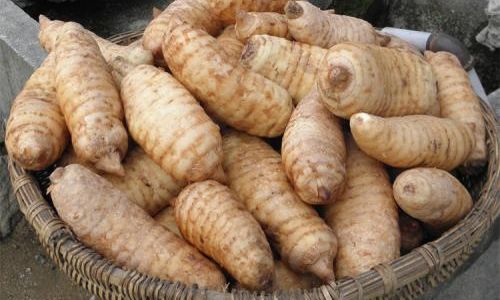
0 comments